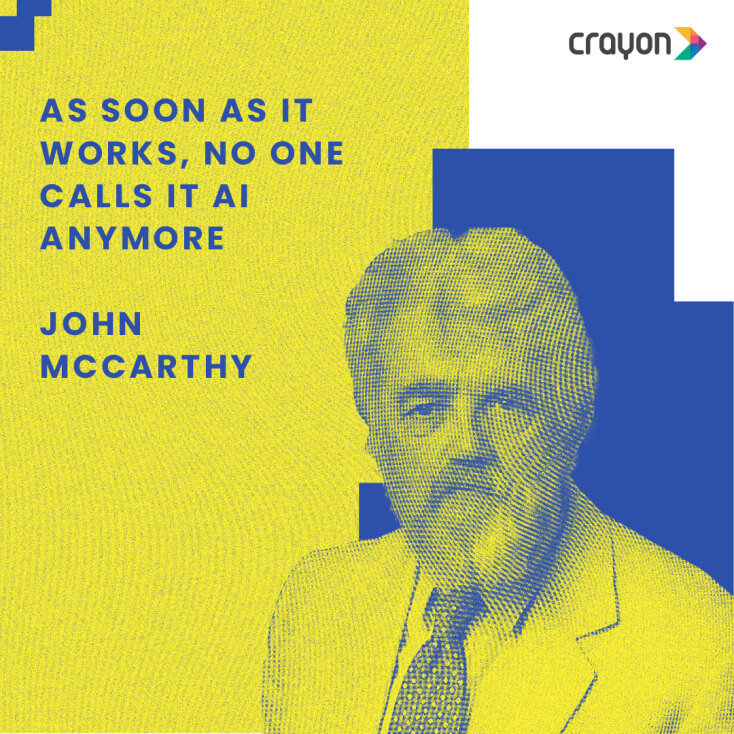More Singapore start-ups scale up in India – the gateway to Asia, Europe
August 28, 2023
Legends of AI: John McCarthy
September 1, 2023#TheAIAlphabet
H for Human in the Loop
Published August 30, 2023
Imagine you are a doctor, trying to diagnose a patient with a rare disease. You have access to all the latest medical research and AI-powered diagnostic tools. But you still need to rely on your expertise and judgment to make the best decision for your patient. This is an example of human-in-the-loop (HITL), where humans and machines work together to solve complex problems.
With HITL, humans are actively involved in the decision-making process, feeding in the data necessary for machines to learn and improve. And by providing feedback, increasing the performance and accuracy of such systems.
With HITL, humans are actively involved in the decision-making process, feeding in the data necessary for machines to learn and improve. And by providing feedback, increasing the performance and accuracy of such systems.

HITL is becoming increasingly common in many industries, from healthcare to finance to transportation. It’s also used in the video game world, where game designers adjust the behaviors of non-player characters (that are controlled by AI) to ensure they provide appropriate responses and challenges to players.
Another major advantage of HITL is that it can help mitigate the risks associated with AI. For example, if an AI-powered system makes a factual mistake, a human can correct it. This can ensure that AI systems are used safely and ethically. While it is a promising approach, it has several challenges, ranging from how expensive they are to human error and the difficulty of scaling to larger data sets.
But as technology advances, it augments the need for human capabilities rather than replacing them. This makes HITL a necessity in fields where accuracy, reliability, and human judgment are paramount.
Another major advantage of HITL is that it can help mitigate the risks associated with AI. For example, if an AI-powered system makes a factual mistake, a human can correct it. This can ensure that AI systems are used safely and ethically. While it is a promising approach, it has several challenges, ranging from how expensive they are to human error and the difficulty of scaling to larger data sets.
But as technology advances, it augments the need for human capabilities rather than replacing them. This makes HITL a necessity in fields where accuracy, reliability, and human judgment are paramount.
Recent Blogs
Subscribe to the Crayon Blog. Get the latest posts in your inbox!





